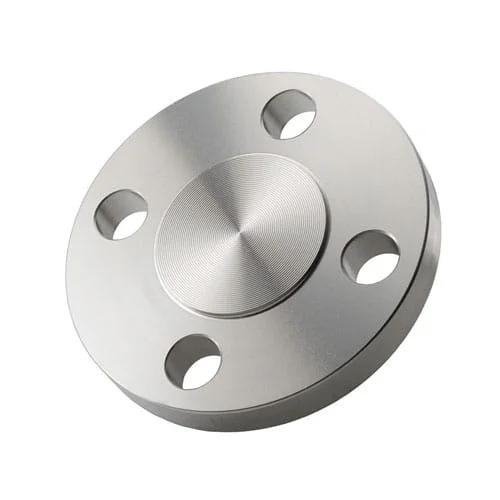
Mixing Tanks for Small-Scale vs. Large-Scale Production

Mixing tanks play a crucial role in various industries, including food and beverage, pharmaceuticals, chemicals, and cosmetics. They ensure the proper blending of ingredients, maintain consistency, and improve production efficiency. However, the choice between small-scale and large-scale mixing tanks depends on multiple factors such as production volume, cost, space availability, and processing requirements. Understanding the differences and benefits of each type can help businesses select the most suitable mixing tank for their operations.
Understanding Small-Scale Mixing Tanks
Small-scale mixing tanks are ideal for businesses with lower production volumes, such as startups, research laboratories, and boutique manufacturers. These tanks are typically compact, allowing them to fit into smaller spaces, and are easier to operate with minimal training.
Benefits of Small-Scale Mixing Tanks
- Cost-Effective – Small-scale mixing tanks require less initial investment compared to their larger counterparts. They are perfect for businesses that do not have high capital for large equipment.
- Flexible Production – These tanks allow for quick adjustments in formulations and batch sizes, making them ideal for businesses that produce customized or seasonal products.
- Ease of Maintenance – Due to their smaller size, cleaning and maintaining these tanks is more straightforward, reducing downtime in production.
- Energy Efficient – Small-scale mixing tanks consume less power, making them a sustainable choice for businesses looking to reduce energy costs.
- Quick Setup – They require less time for installation and can be easily relocated if needed.
Common Applications of Small-Scale Mixing Tanks
- Laboratory testing and research
- Small-batch cosmetic or skincare production
- Craft breweries and specialty food manufacturers
- Pilot production runs before full-scale manufacturing
Despite these advantages, small-scale mixing tank have limitations. They may not be suitable for businesses planning to scale up rapidly or those that require high production output in a short time.
Understanding Large-Scale Mixing Tanks
Large-scale mixing tanks are designed for industries with high production demands, such as large food processing plants, pharmaceutical companies, and chemical manufacturers. These tanks are capable of handling significant volumes of ingredients, ensuring uniform mixing at an industrial scale.
Benefits of Large-Scale Mixing Tanks
- High Production Efficiency – Large-scale mixing tanks allow for bulk production, reducing the need for frequent batch changes and minimizing processing time.
- Consistency in Quality – With advanced automation and control systems, large mixing tanks ensure that every batch meets the required quality standards.
- Reduced Labor Costs – Many large-scale tanks are equipped with automated controls, reducing the need for manual intervention and lowering labor costs.
- Improved Mixing Capabilities – These tanks often include features such as high-speed agitators, heating or cooling options, and pressurization, enhancing the mixing process.
- Scalability – Businesses that invest in large mixing tanks can meet growing demand without the need for additional equipment.
Common Applications of Large-Scale Mixing Tanks
- Mass production of beverages, dairy, and processed foods
- Large-scale pharmaceutical formulations
- Chemical and petrochemical processing
- Bulk production of cosmetics and personal care products
Despite their advantages, large-scale mixing tanks require significant capital investment, extensive space, and skilled personnel for operation and maintenance.
Key Differences Between Small-Scale and Large-Scale Mixing Tanks
- Production Volume – Small-scale tanks handle lower volumes, whereas large-scale tanks accommodate high-capacity production.
- Space Requirements – Large-scale tanks require more space, making them unsuitable for facilities with limited room.
- Initial Investment – Small-scale tanks are more affordable, whereas large-scale tanks involve high initial costs but offer long-term benefits.
- Flexibility – Small-scale tanks allow for more frequent changes in production, while large-scale tanks focus on bulk consistency.
- Maintenance and Operation – Large-scale tanks need specialized maintenance, whereas small-scale tanks are easier to clean and manage.
Choosing the Right Mixing Tank for Your Business
Selecting the right mixing tank depends on factors such as production goals, budget, space, and operational expertise. Businesses that require flexibility and lower investment may benefit from small-scale mixing tanks, while those looking to expand and meet higher demands may find large-scale tanks more suitable.
For startups and R&D facilities, small-scale mixing tanks provide an efficient way to test formulations and conduct trial runs without high costs. On the other hand, established manufacturers with stable demand can benefit from the efficiency and cost savings offered by large-scale tanks.
Conclusion
Mixing tanks, whether small-scale or large-scale, serve a vital role in ensuring product consistency and efficiency. While small-scale mixing tanks offer flexibility, affordability, and ease of maintenance, large-scale tanks provide efficiency, scalability, and improved automation. Businesses must carefully assess their production needs before choosing the right mixing tank to optimize their operations. Understanding the pros and cons of each type will help in making an informed decision, ultimately leading to better productivity and profitability.
